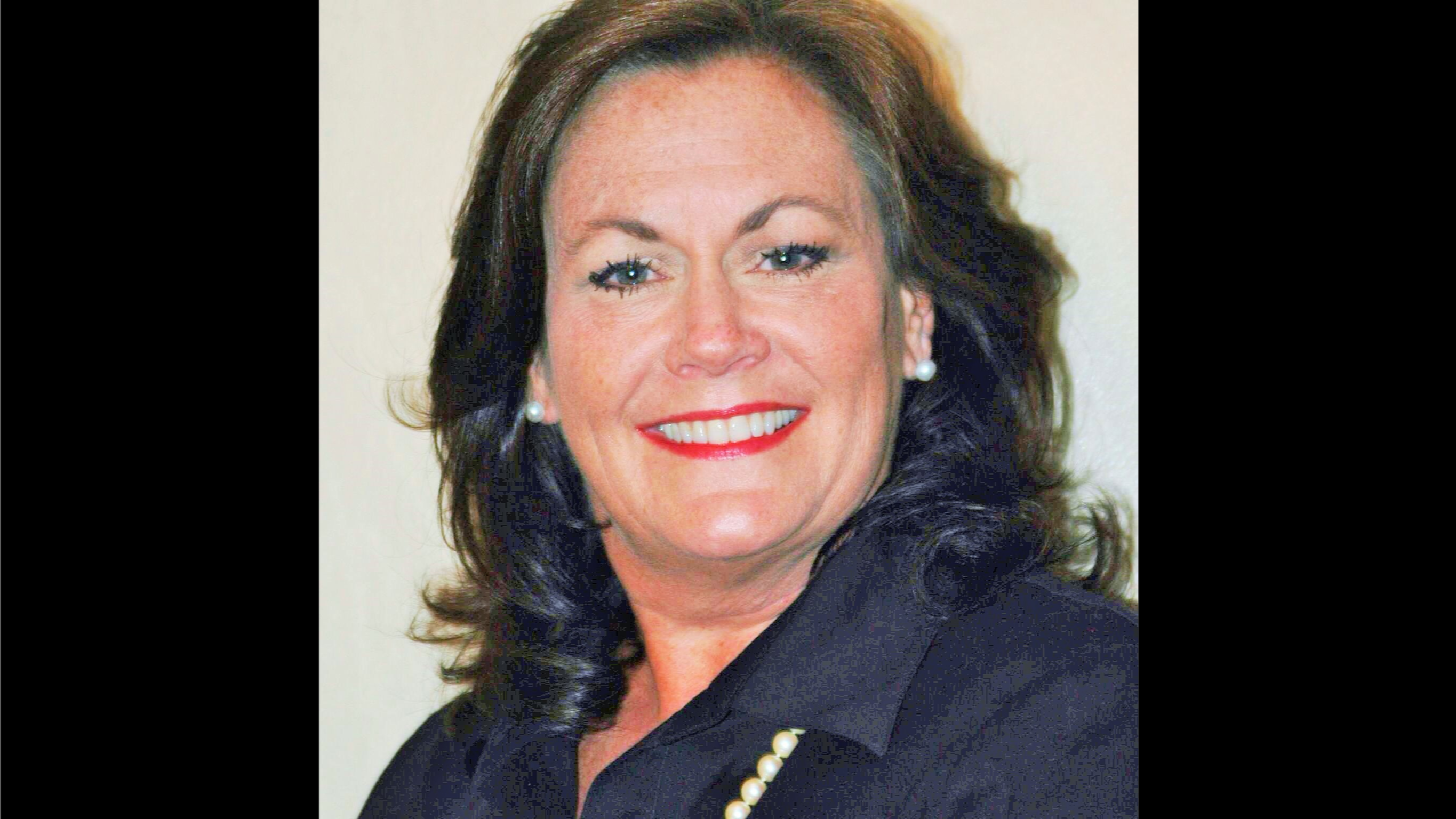Effectv's DeeAnn Rich on Looking Beyond Primetime to Maximize Political Advertising

Once upon a time, you could reach voters and capture 1,000 gross rating points just by running your political ads on Walter Cronkite’s evening newscast. Television news has changed significantly since those days, but for political advertisers, the perception has not. To help address this, Effectv has recently published a report entitled, For Political Marketers: TV Viewership Myths and Realities, which can be downloaded here.
According to the Effectv research, the four big myths about TV news are:
- TV news viewership peaked in 2020
- Viewers prefer broadcast news
- Viewers primarily watch during prime time
- TV news is the only place you need to advertise
DeeAnn Rich, Political Director at Effectv, wants to help debunk these myths. “Most political advertisers go to the news to start with, because that’s where they feel their voters are,” she says. “But many of the approaches that they've been using for years just don't match what the audience is viewing.”
According to Rich, things really changed during the pandemic. “People were watching the news and watching television all day long," she explains. "2020 created the ideal circumstances for political advertisers to branch out and take some new risks, and most importantly, reach their audience in new ways.” She thinks that it is particularly important to debunk the idea that viewers prefer local news. “During the pandemic the data showed that viewership was up about 20%, but viewers were also spending twice as much time watching cable news.”
This happened in part because television has been liberated from the living room. People are watching on their smartphones, streaming, going OTT and checking in constantly via social media. With more opportunities than ever to reach audiences, Rich thinks that it's more important than ever that “you decide who your audience is, and reach them where they are watching content.” It’s important to remember, she adds, “that a lot of types of people who vote come from different backgrounds and age groups, and there's so much opportunity now to reach those audiences on diverse networks.
Think Data
“We need to let data, rather than gross rating points, drive the decisions on how political advertisers build their political advertising media plan,” Rich asserts. She suggests finding your target audience across multiple screens to capture the impressions you need as they journey across news, sports and entertainment. Looking back on the last election, she adds, “Media buyers who were only buying in prime time were missing the boat on what was happening throughout the day.”
With 80% of the desired audiences’ viewing happening outside of the news, it no longer makes sense to spend 100% of your buy on the news- the same way that it does not make sense to measure the effectiveness of the buy the same old way. “There are so many other opportunities for people to watch and stream television content, and watch on other devices, that I don't even know if you can buy 1,000 points anymore,” she says.
Plan Ahead
Moving forward, Rich suggests this approach: “Get your message out early and stay consistent. Build on the base of news by adding networks that index well with your target voter, and find them in other places like lifestyle, sports, or entertainment programming.”
Rich emphasizes the importance of making sure that “you are reaching the right voters with the right message in the right places.” To do this she suggests that political advertisers look to the data as it provides “the most reliable and intelligent way to campaign plan. Then you can optimize your attribution value throughout the whole campaign. It's not rocket science, but there is some science behind it, and it's proven to be true.
Look Forward
“We find it important to reach viewers regularly over a long period of time, because election cycle windows are not that great,” Rich continues. “Many of our candidates start early, earlier even than the election window.” She thinks that the events of 2020 could shape political advertising for many years to come. “We expect continued viewing shifts and significant spending in 2022 in the major midterm races,” she says.
Looking forward, Rich thinks that there will be more opportunities than ever for political advertisers to reach their audiences. “I think that when they expand beyond traditional buying strategies, they're going to see a new landscape, reach new viewers and in turn reap the rewards,” she concludes.
Click the social buttons to share this content with your friends and colleagues.
The opinions and points of view expressed in this content are exclusively the views of the author and/or subject(s) and do not necessarily represent the views of MediaVillage.com/MyersBizNet, Inc. management or associated writers.


